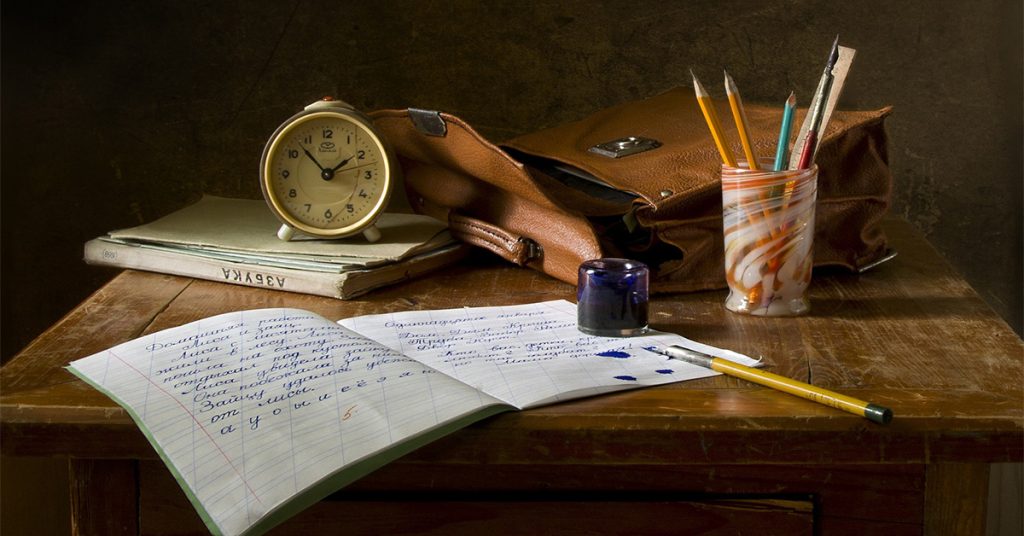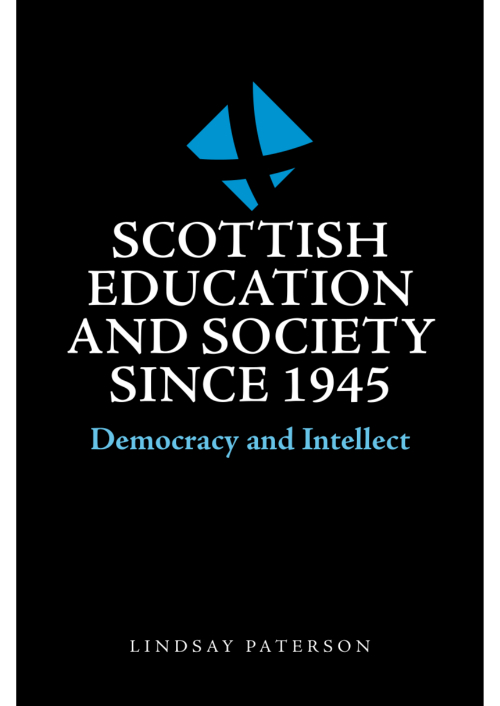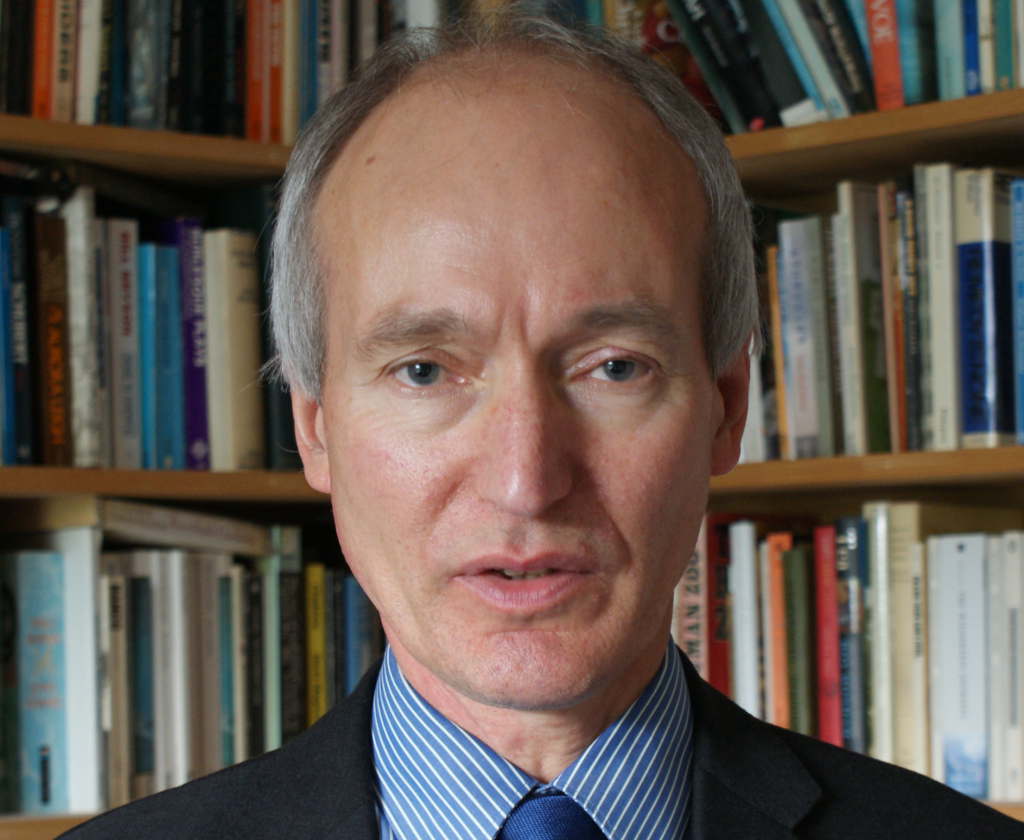
by Lindsay Paterson
Scottish education has often been celebrated as an international pioneer in many things – the opportunity to provide schooling for everyone in the sixteenth-century Reformation, resulting in widespread literacy that provided the social basis for the eighteenth-century Enlightenment, the nineteenth-century universities with a social reach among the widest in Europe, and, by the late-twentieth century, a system of secondary schools that was among the least socially segregated in the world.
Yet one academically specialist feature is rarely noted. Scotland was a pioneer in using high-quality social surveys to understand its school system, and maintained a series of such investigations from the late-1940s to the early years of the present century.
My new book with Edinburgh University Press, Scottish Education and Society since 1945, uses this remarkable resource to investigate what happened to secondary schools in a period of enormous social and educational change. The surveys also provide insights into the expansion of higher education and the transformation of the labour market for young people. Various series of further surveys allow the investigation of the changing patterns of social mobility from the 1950s to the present, and the resulting impact on Scotland’s civic life, as the country moved to an unprecedented degree of political self-government.
The first survey in the school series was of 11-year-olds in 1947, followed-up annually to 1963. It was led by the Professor Godfrey Thomson, of the Scottish Council for Research in Education and Edinburgh University. The main series started a decade later, in 1971, when Professor Andrew McPherson inaugurated the Scottish School Leavers’ Surveys. They ran almost every two years from then until 2002 under the management of the Centre for Educational Sociology at Edinburgh University which McPherson founded in 1972.
The original data from the 1947 survey was rediscovered a couple of decades ago by Professor Ian Deary of the psychology department at the University. The data from all the later surveys have been curated by Dr Linda Croxford and Dr Cathy Howieson of the Centre for Educational Sociology. The painstaking work of all three, as well as of the original survey managers, has left an archive of survey data that has no parallel anywhere in the world in its longevity and in the breadth of the topics that it covers. The book is the first time that the whole series of surveys has been analysed together.

Three over-arching conclusions emerge.
One is that the Scottish experience shows that widening access to a broad liberal education was feasible, but that it took a long time for this to be achieved – far longer than the period of any elected government, and longer than the careers of most teachers or civil servants.
The combination of school subjects that has been most valued in the Scottish academic tradition has been English, mathematics, natural science, and a language or a social subject (such as geography or history) or an aesthetic subject (such as music or art). In the early 1950s, only 2% of school leavers achieved this breadth in their formally examined courses in the middle years of secondary school. That rose to a quarter in the mid-1980s and over a half early in the new century, although there has been no further progress since then. There continued to be wide social inequality, but nevertheless a growing proportion of children from all social classes had attainment of this kind.
The second conclusion is that breadth then opened doors – to high-quality university courses, to science courses especially, to post-graduate study and to professional careers. At the same time, pupils found this fulfilling. They enjoyed school to an unprecedented extent. A growing proportion – over three quarters by the end of the century – told the surveys that there were teachers who understood their needs and helped them to study. Growing proportions stayed on voluntarily beyond the minimum leaving age (from 14% in the early 1950s to 70% in 2002). Increasing proportions gave as their reason for staying on that they enjoyed the subjects that they could study (over one half of all pupils).
The third main conclusion of the analysis is nevertheless about the slowness of reform, constrained above all by the powerful legacies of schools and universities. Before the 1960s, most pupils were selected into different kinds of school by tests at age 11-12. That ended by the late-1970s. But the schools that had been of the highest status in the selective system continued until the late-1980s to have higher attainment than other schools. The legacies stretched even further back. Schools that pre-dated the twentieth century had higher attainment even than former selective schools that were founded in the first few decades of the century. Only when further reforms to the curriculum and to examinations settled down in the 1990s did these old legacies break down.
In short, the survey series provides insight into more than half a century of social change. It enables us to see that deliberate reform can have an effect, but only slowly because education always takes place in institutions that have histories that stretch back for decades or even centuries. The book also shows that one of the wisest legacies that policy-makers can bestow is good-quality data that will not be fully understand until many years in the future.

About the book
- Uses a unique series of social surveys to study education and social change in Scotland
- Presents Scotland’s internationally unique series of surveys of school students, from the late 1940s to the new century, with no parallel internationally in its longevity, range of topic, and depth
- Uses Scotland as a case study as it experienced all the major educational changes of the developed world in the second half of the 20th century

About the author
Lindsay Paterson is emeritus professor of education policy, School of Social and Political Science, University of Edinburgh. His main academic interests are in education, civic engagement and political attitudes. He has contributed to many debates in Scotland since the early 1990s on education, on social change, and on politics. He is a Fellow of the British Academy and a Fellow of the Royal Society of Edinburgh.





